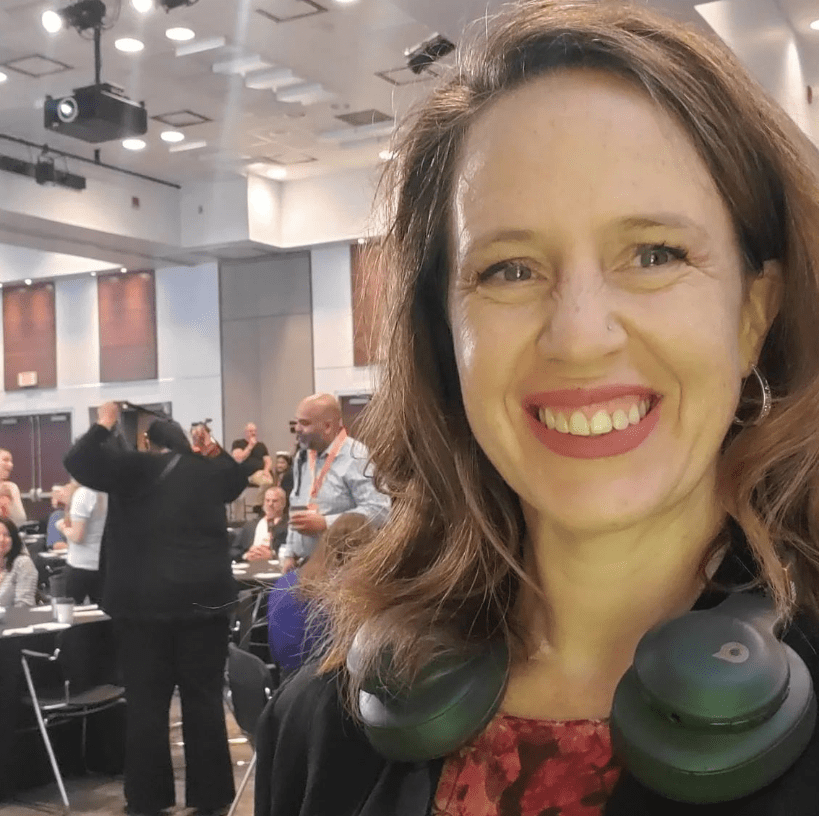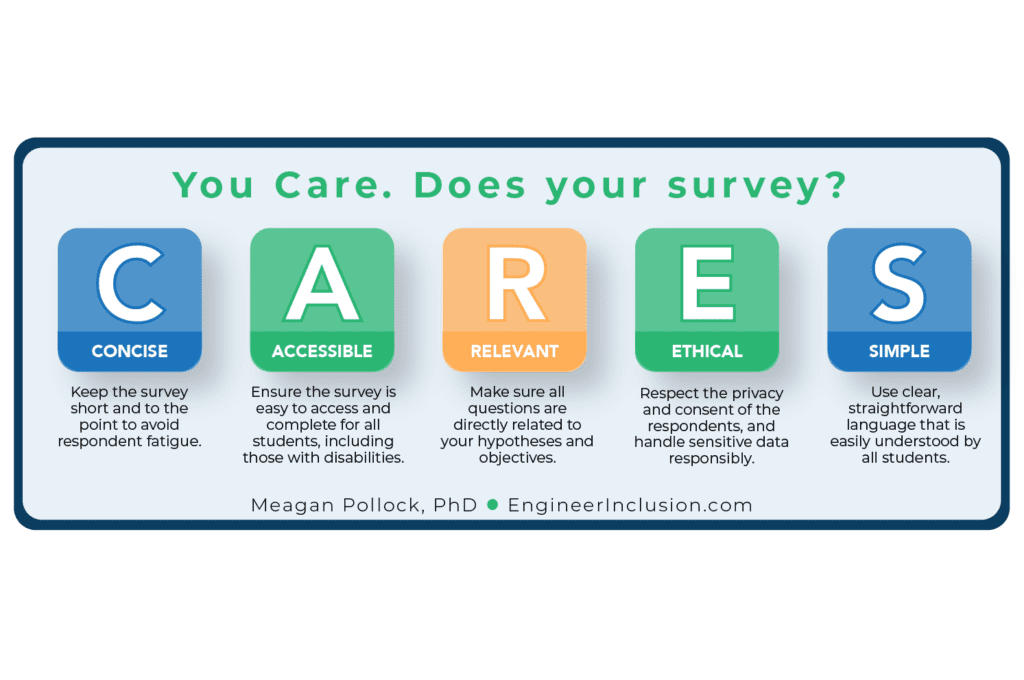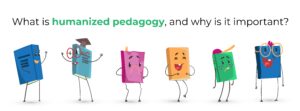Explore innovation in STEM through “Collaborative Problem-Solving: Team Dynamics and Design Thinking,” featuring expert insights on teamwork and empathy. Discover effective collaboration strategies and access the webinar recording for a comprehensive discussion.
In a virtual panel held on February 28, 2024, titled “Collaborative Problem-Solving: Team Dynamics and Design Thinking in STEM,” experts from various STEM backgrounds gathered to discuss the significance of teamwork, conflict resolution, and design thinking in addressing complex problems within the field. The insightful discussion underscored the critical role that diverse teams and effective team dynamics play in fostering innovation and creating impactful solutions.
Meet the Panelists
Watch the Panel

Recaps & Resources
Here are five questions designed to prompt thoughtful discussion and reflection:
Diversity in Teamwork:
- Reflect on a time when you worked in a diverse team (it could be in any setting, not just academic). How did the different perspectives within the team contribute to the outcome of the project? Did you encounter any challenges due to these differences, and how were they resolved?
Importance of Effective Team Dynamics:
- Considering the key takeaways from the webinar, why do you think trust, respect, humility, empathy, and understanding are crucial for successful teamwork in STEM fields? Can you think of an example from your own experience where one or more of these elements were either present or missing, and how did that affect the team’s performance?
Conflict as an Opportunity:
- The panelists discussed how conflicts, when managed properly, can lead to growth and better solutions. Have you ever experienced a conflict within a team that led to a positive outcome? How was the conflict resolved, and what did you learn from that experience?
Empathy in Engineering and STEM:
- Why is empathy considered an essential skill in engineering and STEM fields, according to the webinar? Discuss how incorporating empathy into the design thinking process can lead to more impactful and human-centered innovations.
Ethical Considerations in STEM Projects:
- One of the panelists emphasized the importance of ethical considerations in engineering and STEM projects. Why do you think ethical considerations are critical in these fields? Provide an example of a STEM project or innovation where ethical considerations played a key role in its development or implementation.
These questions are designed to stimulate critical thinking, encourage personal reflection, and foster a deeper understanding of the themes discussed in the webinar. They can be used for classroom discussions, written reflections, or group projects to further explore the complexities and nuances of collaborative problem-solving in STEM.
- The Importance of Diverse Perspectives: The panelists unanimously agreed that diversity within teams brings a multitude of perspectives that can lead to innovative solutions and breakthroughs in STEM projects.
- Effective Team Dynamics: Trust, respect, humility, empathy, and understanding were highlighted as the cornerstone of successful teamwork. These elements are crucial for creating an environment where every team member feels valued and motivated to contribute.
- Conflict as an Opportunity for Growth: Conflicts, when managed properly, can provide an opportunity for teams to address underlying issues, leading to stronger solutions and team cohesion.
- The Role of Design Thinking: Emphasizing the human aspect in problem-solving through design thinking was discussed as a method to ensure solutions are not only innovative but also empathetic and user-centric.
- Empathy in Engineering: Recognizing the human element in engineering and STEM fields was stressed as essential. Projects should not only focus on technical excellence but also on how they impact and improve human lives.
- For Team Leaders: Establish a clear and shared understanding of the project’s goals among team members. Cultivate an environment where trust and respect are paramount.
- For Team Members: Practice active listening and empathy. Understand that diverse perspectives are a strength, not a hurdle. Engage in constructive conflict resolution.
- For Educators: Incorporate lessons on teamwork, empathy, and ethical considerations in STEM education. Help students understand the value of diverse teams and human-centered design from an early age.
- Design Thinking Process: Start with empathy to fully understand the needs of those you’re designing for. Encourage ideation and prototyping as a team.
- Conflict Resolution: Foster open communication and address conflicts head-on. Utilize them as learning and growth opportunities.
- Empathy Exercises: Implement activities that help team members put themselves in the shoes of others, especially the end-users of their projects.
Conclusion
The “Collaborative Problem-Solving” webinar underscores the pivotal role of diversity, empathy, and effective team dynamics in solving complex STEM challenges. By embracing these elements, educators and professionals can cultivate environments that not only nurture innovation but also promote ethical and human-centered approaches to problem-solving. As we move forward, let’s carry these insights into our classrooms, workplaces, and beyond, ensuring STEM fields continue to be a force for positive change in the world. Access the webinar recording to explore the full depth of the discussion and integrate these invaluable perspectives into your practice.















